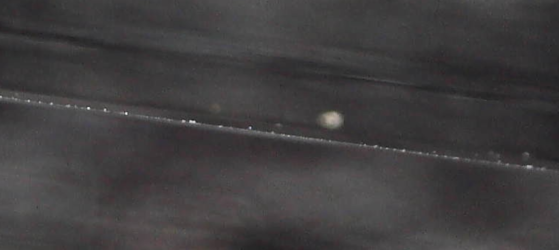I'm learning razor honing (up to 8k on shapton & then coticule under running water). While there is definitely room for improvement, the blade has been shavable without irritation ATG; better than the factory at least.
I've noticed that when I test the blade sharpness, the center is HHT 3 or 4, but the heel and toe are more like HHT 1 or 2. I try to be very consistent on pressure so I've been wondering if this is either poor technique on accidentally rocking over the edges of the stone (maybe need chamfer?) or just not honing enough to get them all the way there.
Any of you have this problem and resolve it?
I've noticed that when I test the blade sharpness, the center is HHT 3 or 4, but the heel and toe are more like HHT 1 or 2. I try to be very consistent on pressure so I've been wondering if this is either poor technique on accidentally rocking over the edges of the stone (maybe need chamfer?) or just not honing enough to get them all the way there.
Any of you have this problem and resolve it?



